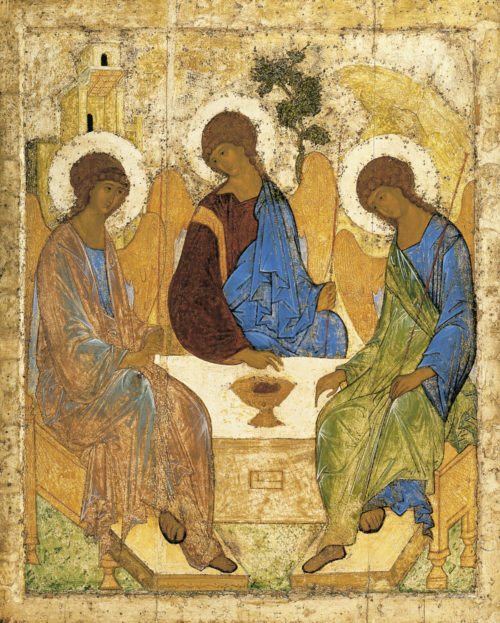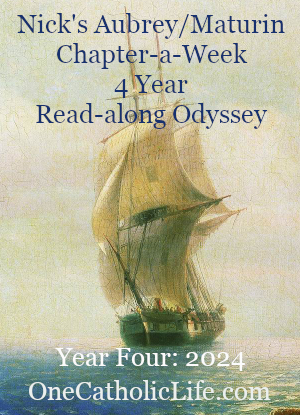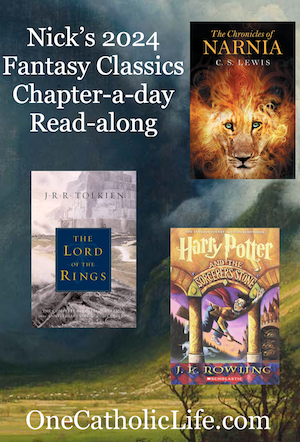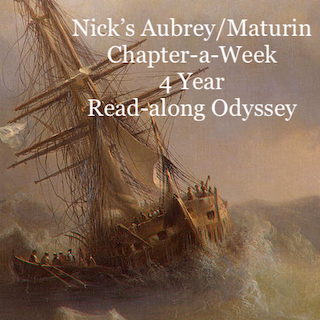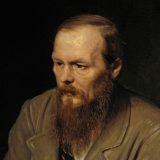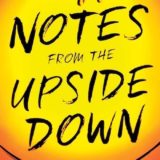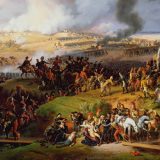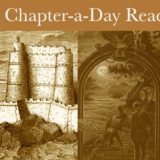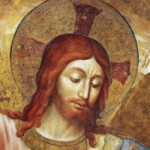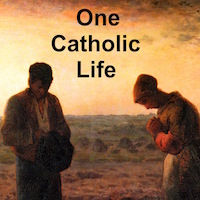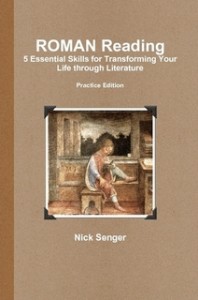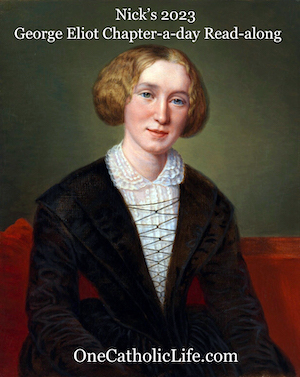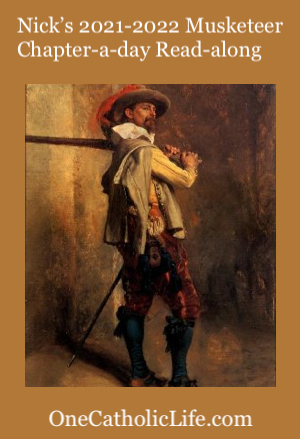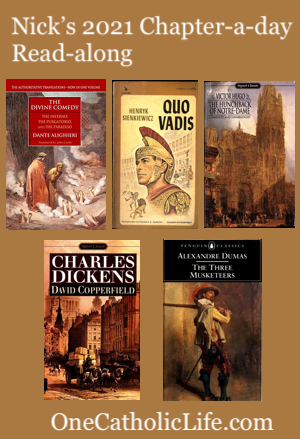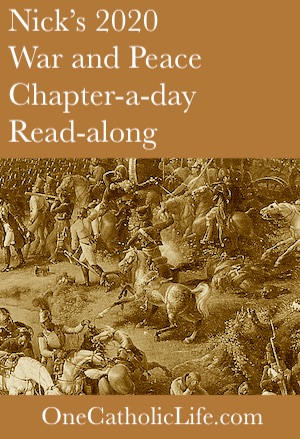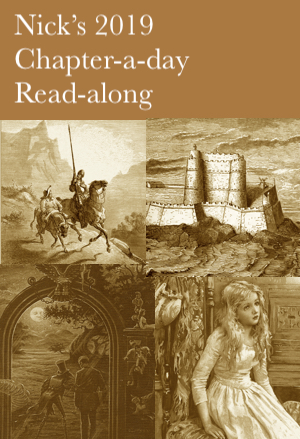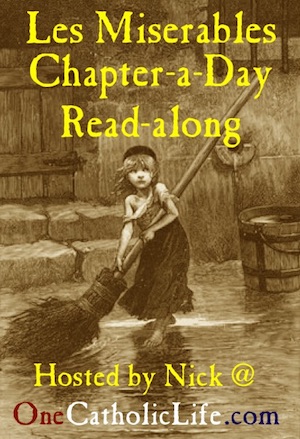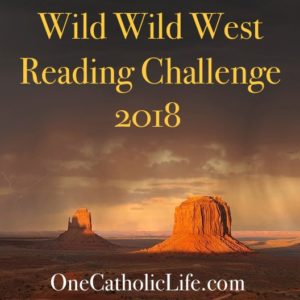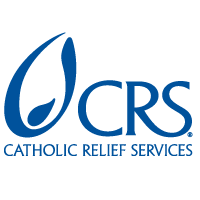An Icon of the Holy Trinity – Homily for Trinity Sunday Year C
Not long ago we celebrated the Ascension,
and this was the first year we could celebrate that feast
with the beautiful icon of the Ascension greeting us
as we walked into the Church.
On this Solemnity of the Holy Trinity
I am reminded of another icon,
perhaps the most famous icon of them all,
the icon of the Holy Trinity by Andrei Rublev.
Rublev painted, or wrote, this icon in 1425
for the church of St. Sergius near Moscow, Russia,
and it’s regarded as one of the highest achievements of Russian art.
But more than that, it speaks to the heart about the Holy Trinity.
Icons are windows to the divine
that speak to the heart,
rather than to the head.
Lately I’ve been reading the book Contemplating the Trinity,
by Fr. Raniero Cantalamessa.
Fr. Cantalamessa has been the preacher to the papal household
for more than thirty-five years.
It has been his job to preach Advent and Lenten meditations
to the last three popes.
His book Contemplating the Trinity is a collection
of some of these meditations,
and he begins by speaking about Rublev’s icon of the Holy Trinity.
He writes,
“Lengthy contemplation of this icon can yield more insight into the Trinity
than reading whole treatises on it.”*
If I had a copy of the icon to give to each one of you
I would simply hand it out
and invite you to contemplate it for the next few minutes,
rather than listen to me.
Alas, all I have is this rather small reproduction to hold up as I speak.
But I will share with you what I’ve learned so far about this icon
and what it has to say to us about the Holy Trinity,
and maybe you can take the time to look it up online this week
and contemplate it.
First of all, though it’s called the Holy Trinity,
what it actually depicts is a scene from the book of Genesis
in which three angels appear to Abraham by the Oaks of Mamre.
However, many early Christians saw these three angels
as a prefiguring of the Trinity
and that is how Rublev chooses to portray them in this icon.
The icon beautifully expresses the dogma of the Trinity,
that God is one in three persons, Father, Son and Holy Spirit.
The figures in the icon resemble each other very closely,
and yet they are distinct.
The icon is composed as a circle,
emphasizing the unity of the three persons.
“All three are wearing blue garments
as a sign of the divine nature they have in common.”
But they each also have another garment on of a different color.
The Father, represented by the angel on the left,
wears a garment of almost pure light.
The Son in the center wears a dark garment
“as a sign of the humanity with which he has clothed himself.”
The Holy Spirit on the right wears green,
since he is “the one who gives life.”
But Fr. Cantalamessa points out one thing
that is especially striking in contemplating the icon, and that is
“the profound peace and unity that emanate from” it.
He says, “A silent cry comes forth from the icon:
‘Be one as we are one.’”
“Be one as we are one.”
That is the message of this Solemnity of the Holy Trinity.
It is a reminder that the Father, the Son and Spirit are one.
And it is a reminder that we are to be one as they are one.
The unity of the Holy Trinity is what the world desperately needs today.
Because we are not one.
We are fractured by divisions that seem to be getting wider,
living in a world that seems to be getting more and more polarized.
And yet we all want unity.
We all have within us the desire to be united, to be one.
We don’t want political gridlock or intolerance.
Today’s celebration of the Holy Trinity calls us to recommit ourselves
to ending division and to build unity in our diversity.
And that begins with ourselves as individuals.
It means asking myself, “Where am I divided?”
What are the struggles within myself, what are the false faces I wear,
the different parts I play?
How do I balance work and home, leisure and responsibilities?
To grow in the spiritual life is to be made whole,
to have unity of purpose and will
where our values and actions align.
The family is also called to be one as the Holy Trinity is one.
The husband and wife unite to become one flesh,
and it takes years of sacrifice, patience and love
to discover what that means,
and how to remain two individual people, and yet at the same time be one.
Their children add to the diversity of the family,
bringing more life and more love,
but also intensifying the challenge to remain one.
Anyone with children knows the hard work of keeping a family together.
And as a faith community and as members of the human race,
we are called to be one as the Holy Trinity is one.
But it’s a challenge.
As Fr. Cantalamessa points out in his meditation,
we try to bring everyone around to our point of view,
while everyone else tries to bring us around to their point of view.
Or we finally give up and say everyone’s point of view is right,
which really means that no one’s point of view means anything.
True unity doesn’t come about by watering down our differences,
and it can’t be achieved through force.
It is the Holy Trinity that shows us the true path to unity.
In the Trinity, “…each Person ‘identifies’ with the other,
gives himself to the other,
and sustains the existence of the other.”
Can we follow the example of the Holy Trinity?
Can we identify with each other,
recognizing our commonalities,
suffering with each other, walking in each others’ shoes?
Can we give ourselves to each other in service,
bearing each other’s burdens?
Can we sustain the existence of each other,
strengthening social structures, policies and laws,
to ensure that everyone’s needs are met?
Rublev created his icon for the church of St. Sergius.
St. Sergius was an important figure in Russian history
whose motto was,
“through the contemplation of the most Holy Trinity
we can overcome the hateful divisions of this world.”
During his lifetime, Russia was invaded by a neighboring empire,
and St. Sergius was able to bring about unity among the warring chieftains
who then worked together and liberated Russia.
We are faced with invading forces of a different kind,
forces like poverty, prejudice, injustice, ignorance, and materialism;
but we are called to be united just the same in order to overcome them.
St. Sergius’ motto holds true for us, just as it held true for him:
“through the contemplation of the most Holy Trinity
we can overcome the hateful divisions of this world.”
Rublev’s icon is easy to find online.
Perhaps we could take some time each day this week to look at it closely,
contemplating each of the figures individually and as a whole,
asking the Holy Spirit for the grace to be one as the Trinity is one,
and to bring unity to our families, our community and the world.
And, as Fr. Cantalamessa writes,
we can do something even more blessed
than contemplate and imitate the Holy Trinity:
we can enter into it.
The Trinity meets us every time we come forward for the Eucharist.
By receiving the Body and Blood of Christ
we are united with the Father, the Son, and the Holy Spirit.
We enter into Rublev’s icon and become one as they are one.
*All quoted passages come from Fr. Cantalamessa’s book.
Podcast: Play in new window | Download
Subscribe: RSS

